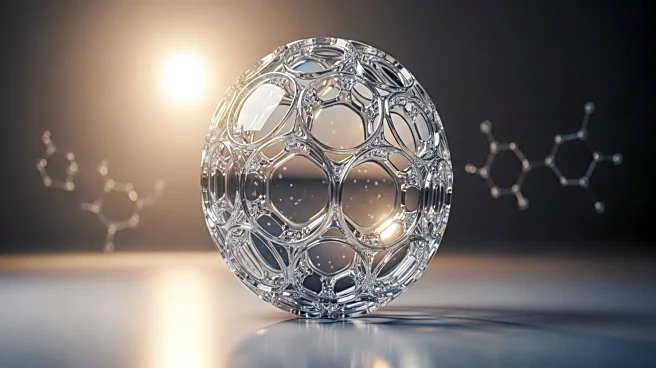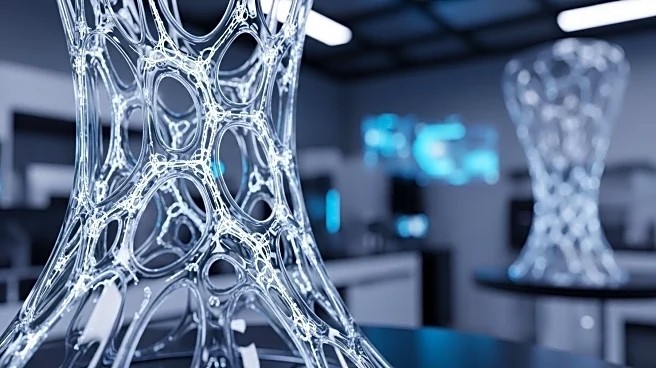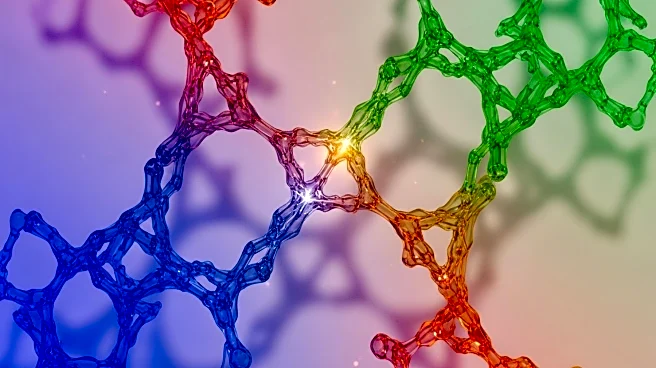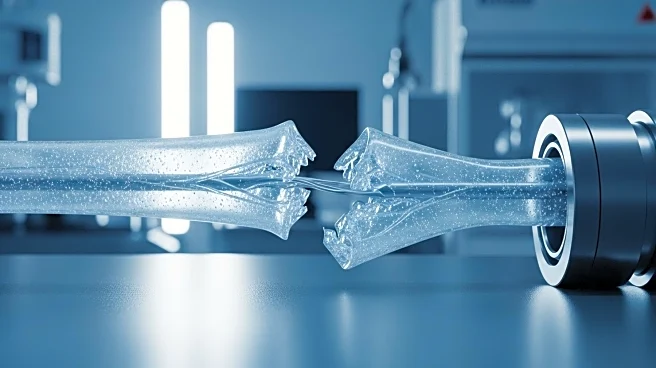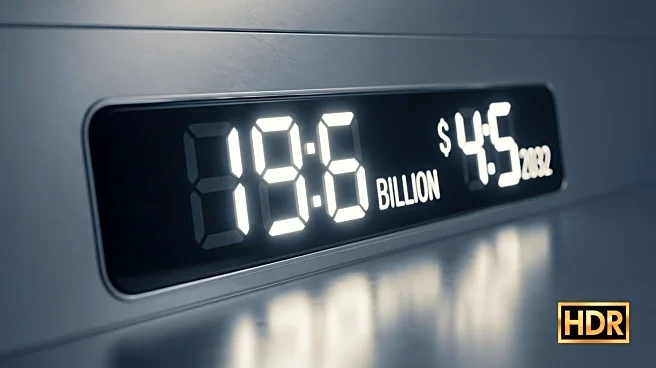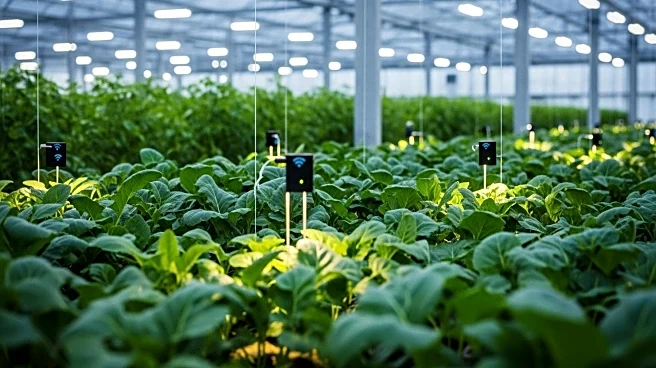What's Happening?
The self-healing smart polymers market is experiencing significant growth, driven by major manufacturers such as DuPont, Evonik, and Solvay. According to a recent market study, the global market for these
advanced materials is projected to expand at a compound annual growth rate (CAGR) of 14.20% from 2025 to 2032, increasing from $2.3 billion in 2025 to $6.5 billion by 2033. Self-healing smart polymers are designed to repair themselves after damage, restoring their original structure and properties through intrinsic chemical or physical mechanisms. These polymers are increasingly used in various applications, including electronics, coatings, aerospace, and medical devices, due to their ability to enhance product longevity and reduce maintenance costs. The market is segmented by types such as thermoplastic self-healing, shape-memory polymers, and hybrid polymer systems, and by applications including automotive, aerospace, electronics, medical devices, and packaging.
Why It's Important?
The growth of the self-healing smart polymers market is significant for several industries, particularly those focused on sustainability and reducing maintenance costs. These polymers offer a solution to extend product lifecycles and minimize waste, aligning with the increasing demand for durable and low-maintenance materials. Industries such as electronics, aerospace, and healthcare stand to benefit from the advancements in polymer chemistry that enable autonomous repair mechanisms. The expansion of applications in these sectors could lead to reduced operational costs and improved product performance. Additionally, the development of scalable synthesis and manufacturing processes presents opportunities for partnerships with material science startups and original equipment manufacturers (OEMs), further driving innovation and commercialization in the market.
What's Next?
The self-healing smart polymers market is expected to continue its expansion, with North America dominating the market and Asia-Pacific identified as the fastest-growing region. Future developments may include the integration of these polymers with additive manufacturing and 3D printing technologies, as well as increased research and development in bio-inspired self-healing mechanisms. Challenges such as high production and R&D costs, limited mechanical strength after multiple healing cycles, and slow healing rates under varying environmental conditions will need to be addressed. Efforts to increase awareness among industrial end users and improve the commercialization of thermally and chemically responsive polymers are anticipated.
Beyond the Headlines
The self-healing smart polymers market is not only a technological advancement but also a step towards more sustainable industrial practices. By reducing the need for frequent repairs and replacements, these materials contribute to a decrease in resource consumption and waste generation. The ethical implications of adopting such technologies include promoting environmental responsibility and encouraging industries to invest in sustainable solutions. As the market grows, it may also influence regulatory standards and policies related to material usage and waste management, potentially leading to broader cultural shifts towards sustainability.
